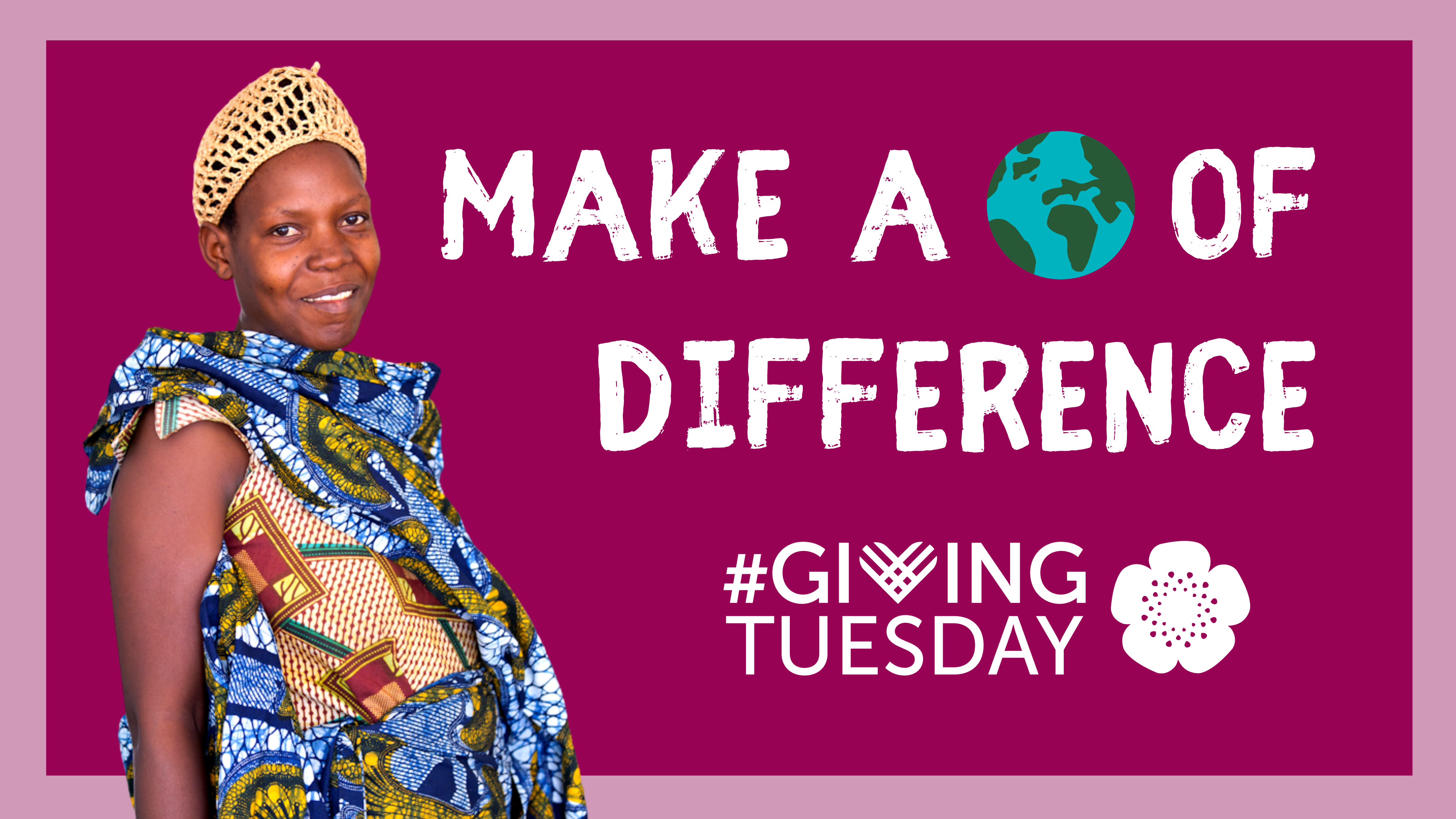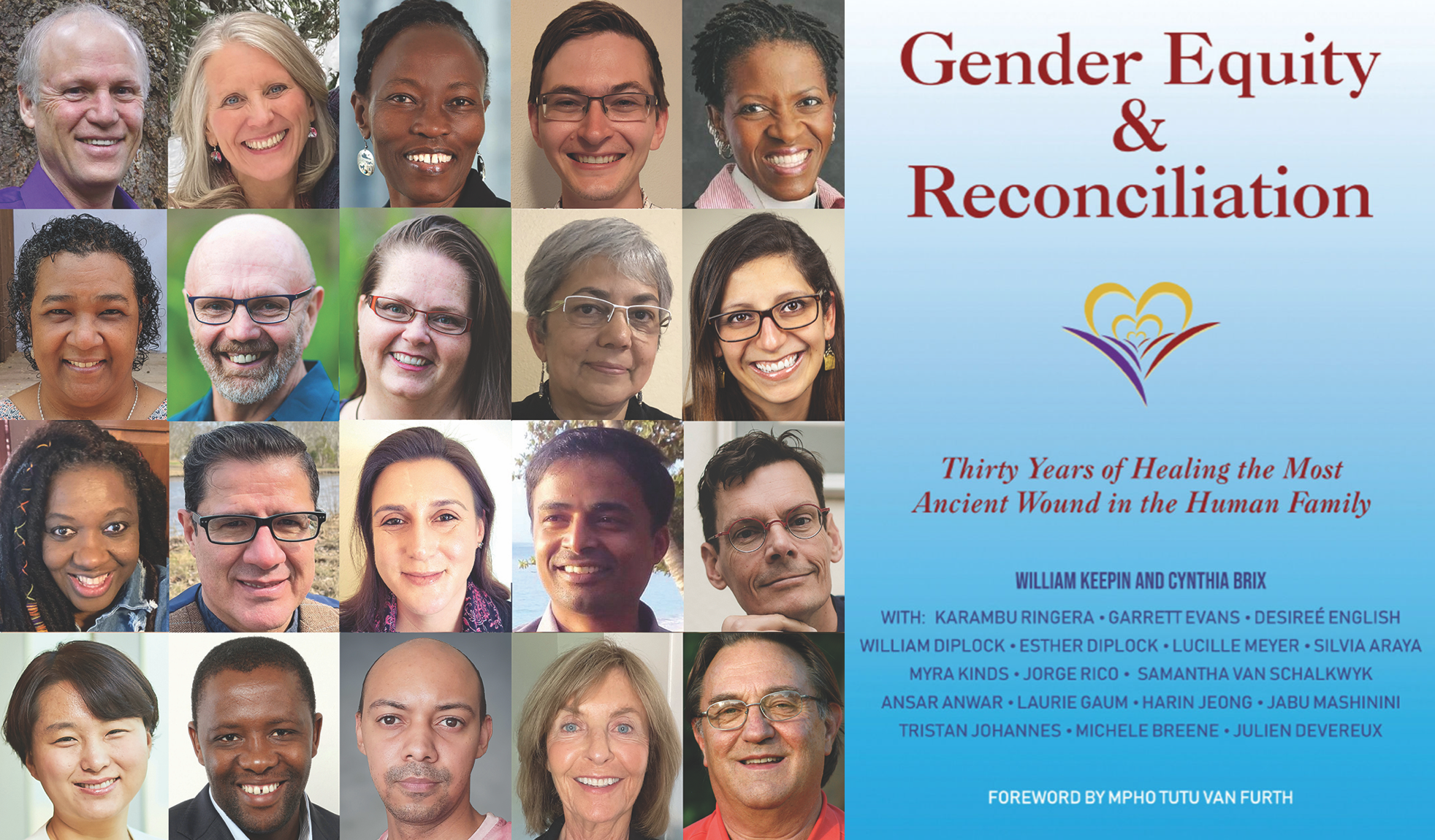
Few things are more emotionally difficult than coming forward and actually talking about sexual abuse—hence the birth of the #MeToo movement. Many victims of sexual harassment at universities and workplaces do not come forward straightaway because they feel they can’t talk about their experiences. Technology is certainly helping, with new apps and platforms like Blind aiming to give victims a chance to share their grievances anonymously.
The app can help weed out the sexual harassment culture, at work or at school. Users only need to type in the name of their company and the app will show whether there are any existing discussions like harassment, wage gaps, promotions, and even salary negotiations. While resources like Blind can help, they are only a temporary solution. Workplaces, institutions, and universities must create a safe environment where there is zero tolerance for any sort of abuse and harassment.
Encouraging victims to report the abuse
On the other hand, when victims do use the platforms available to report incidents of abuse, it is often met with gag orders and counter-accusations of oral defamation. In Canada, one of the best and most recent examples is a case involving law professor Julie Macfarlane against fellow professor Emir Crowne at the University of Windsor. Crowne had been accused by a number of students of sexual harassment, saying he “lacked boundaries”. He would allegedly add students on Facebook and communicate with them through messages and groups. In turn, the professor filed a defamation suit—and more and more alleged sexual abusers in power are using it against victims who talk about their experiences. University of New Brunswick law professor Hilary Young said people who sue for defamation are likely hoping to rehabilitate their reputation.
As a result, universities are trying to find a way to encourage victims of sexual misconduct to come forward. One of the most popular forums that addressed this is The Hunting Ground documentary, which talked about the failure of university administrations in the United States to properly respond to sexual assault on college and university campuses in the country. One poignant example involved a tenured professor at Harvard University, Jorge Dominguez, who was found guilty of sexually harassing women undergraduates, graduate students, faculty, and staff from 1979 to 2015.
While many of the victims reported the incidents at the time to their faculty advisers, counselors and supervisors, none of these individuals responsible for creating a safe environment for women, did anything about it. The most shocking aspect, however, is how Harvard University only took action after almost 40 years of ongoing sexual harassment, against Dominguez and forced him to retire.
But the after-effects can be just as damaging to the victims. During the legal process of these cases, everyone involved loses a sense of community. It creates an undeniable divide as everyone involved tries to carry on with their lives, starting their careers angry, confused, and disoriented. The massive under-reporting of sexual harassment cases and a clear lack of university policies and practices to directly address these kinds of problems contribute to feelings of a broken sense of community.
Can technology and artificial intelligence be the solution?
Despite all these challenges, lawmakers, women’s rights advocates, and corporations continue to look for solutions to combat sexual harassment in the workplace and at universities. At the moment, they’re looking to use artificial intelligence and e-discovery to help organizations identify, investigate, and handle offensive communications in the early stages. Labor and employment attorney, Michelle Lee Flores, told Fox News that AI platforms can analyze work emails to check if individuals are unhappy at work or school.
“In the same way, AI can use the data-analysis technology, such as data monitoring, to determine if sexually suggestive communications are being sent,” she said. A post on e-discovery by legal experts Special Counsel explains how AI can pinpoint relevant and meaningful information faster than ever, and connect it to uncover vital material when investigating potential harassment cases.
While there are privacy implications for monitoring employee communications, Flores said if the computer or handheld device is company issued, employees should have no expectations when it comes to privacy concerning emails and texts. A bot installed on messaging apps and email servers can look for obvious harassment issues and block or report the sender.
Platforms that encourage victims to report anonymously are also a great tool to combat sexual misconduct. In this sense, AI enabled chatbots could be better than humans at asking the right questions, to help victims open up about their experiences, using the same algorithms as law enforcement agencies. Callisto and Spot are similar platforms to Blind, and are two examples of “cognitive” AI enabled platforms, which are helping university students and employees report harassment in an encrypted environment. Although full implementation of these platforms is far from perfect, the development of such tools is an excellent start.

















